Whether training indoors, or out, this time of year we are increasing the amount of exercise we are doing and with this comes higher sweat rates and the need to maintain our hydration.
We have covered the subject of hydration in detail in a previous article Hydration: The Definitive Guide, in this article however, we’re going to keep it nice and simple and cover all the important bits in one place.
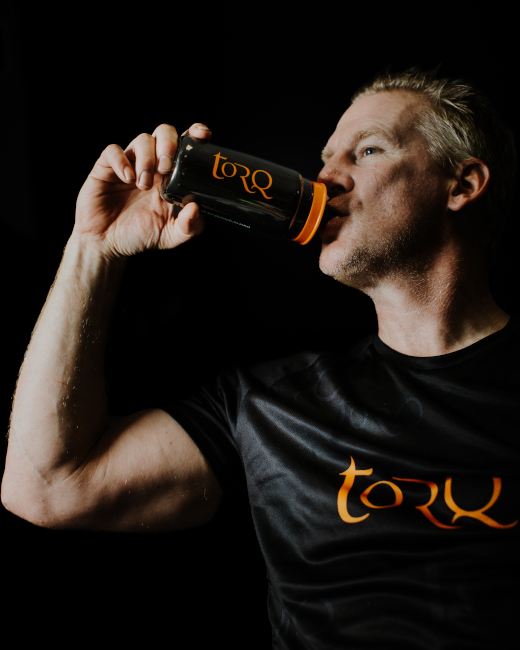
What Does Hydration Mean?
Around 60% of the human body is composed of water, with the brain and heart being composed of 73% water and the lungs 83%, so that makes water a pretty important nutrient! The term ‘hydration’ when discussed with reference to us humans, simply refers to whether we have sufficient water in our bodies to function properly. There is a direct link between our state of hydration and our mental and physical performance and as an example, the diagram below illustrates how a relatively small loss of water can diminish our physical performance significantly.
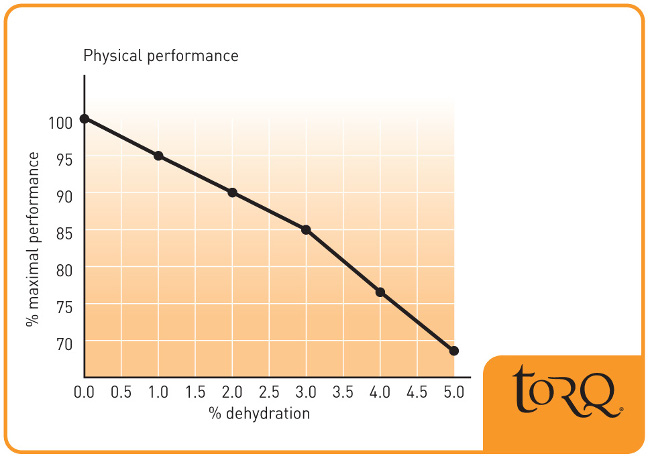
What Benefits Should I Expect from Good Hydration?
Of course, maintaining adequate hydration is vital to supporting physical performance and that should be high on any physically active person’s list of priorities. Good hydration optimises cardiovascular function (your aerobic ability), muscle function and thermoregulation (how you deal with heat). In addition, being properly hydrated will also assist your mental performance, optimising rapid decision making, reaction time, concentration, focus, motivation and mood. All of these benefits are important during exercise of course, but ensuring that you maintain hydration at all times clearly offers benefits that stretch beyond the exercise arena. This is why making sure you hydrate proactively during exercise transfers directly to your mental performance at work and leisure. Life feels better when you’re hydrated!
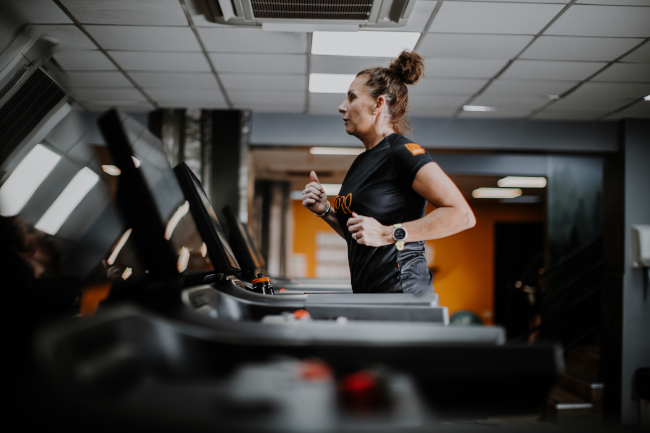
Can’t I Just Hydrate With Water?
Of course you can – we would never neglect the importance of this amazing nutrient. It’s worth considering though that water isn’t just available as drinking water from a tap or bottle, it exists, often in high quantities, in many of the foods and beverages we consume on a daily basis. When perspiration rates are low, there’s generally no need to turn to a specific hydration product, because your hydration can easily be maintained via your normal diet. The diagram below is quite useful to use as it gives a guide to your hydration status at any point in time and should prompt you to take action.
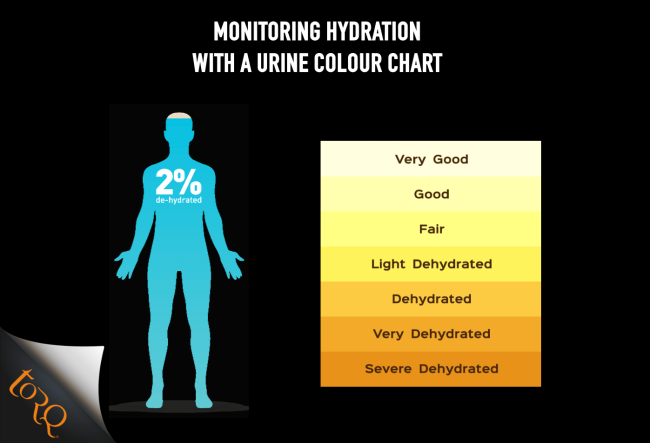
When the going gets tough and perspiration rates rise however, it would be wrong to suggest that plain water and water encountered in your general diet will provide adequate hydration. In some cases, consuming pure water in an attempt to rehydrate during periods of high perspiration can lead to a condition called Hyponatremia which can be life-threatening.
Are Electrolyte Tablets Better Than Water?
There are many different brands of electrolyte tablets available on the market with differing electrolyte compositions. Some will simply contain sodium and chloride (salt) and others will include some or all of the three other electrolytes, potassium, magnesium and calcium. During exercise, when made into a drink, electrolyte tablets trump water, because they don’t only help to replace the water lost through perspiration, but also the electrolytes which are vital to counter the risk of hyponatraemia mentioned above. They will not be absorbed into the blood any quicker than water however, and they are disadvantaged by the artificial sweeteners, colours and effervescent agents included in their formulations. We have recently written an article about artificial sweeteners and the concern expressed by the World Health Organization if you’re interested in learning more.
What’s the best Way to Hydrate During Exercise?
Research has demonstrated that two hydration processes take place, which are of interest if you’re wanting to hydrate as quickly and comprehensively as possible during exercise. The first is called Passive Transport which is based on a biological action called osmosis. It’s essentially what water and electrolyte tablets do – they diffuse passively across the intestinal wall into the blood. It’s only when the fluid and electrolytes hit the blood that they actually hydrate you, whilst in the stomach and intestine, they are still deemed outside of the body.
The second process of hydration is called Facilitated Transport and requires a small amount of glucose to function. One molecule of glucose combines with 2 molecules of sodium (one of the electrolytes) in a transporter in the intestinal wall called ‘Sodium Glucose Transporter 1’ which drives 260 water molecules into the blood per rotation. This Facilitated Transport works alongside the Passive Transport process to deliver superior levels of hydration.
The performance benefits realised by utilising these two hydration processes, along with the natural sweetness glucose provides, means that artificial sweeteners don’t need to be used. This is what lead us to develop TORQ Hydration Drink. TORQ Hydration Drink contains 5 key electrolytes to replace the salts lost through perspiration as well as de-risking hyponatraemia, along with the powerful combination of passive and facilitated transport hydration processes to drive rapid water absorption.
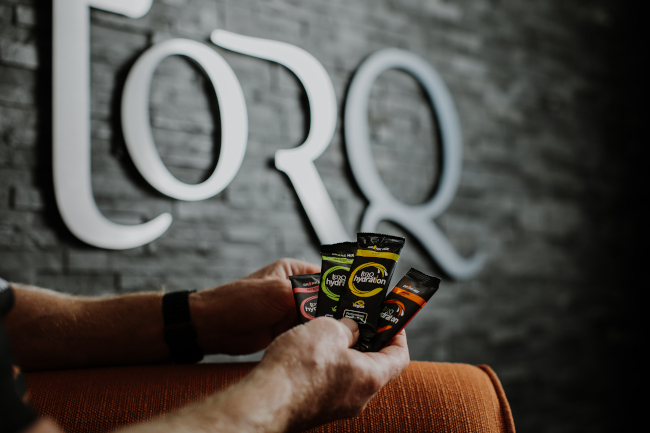
If you’re interested in learning more about TORQ Hydration Drink, click HERE. We offer 4 delicious light and ultra-mild flavours, which are available either in individual sachets (makes 500ml) or in bulk pouches (each pouch makes 30 x 500ml drinks).
Do I Need a Dedicated Hydration Product Outside of Exercise?
Generally no. If you keep on top of your hydration during exercise and immediately afterwards – for instance, you may want to drink an additional bottle of TORQ Hydration in the shower after exercise if you think you’ve perspired excessively – you can simply carry on as normal. Plain water and the fluid contained in your general foods and beverages will be sufficient to maintain hydration thereafter. The only caveat to this might be during times of extreme environmental heat. There are some days in the summer (admittedly very few in the UK) where the heat and humidity can cause extensive fluid loss via perspiration. In this situation a dedicated Performance Hydration product like TORQ Hydration Drink will be more effective in hydrating you than any other method. Remember that whilst you are perspiring, you are not only losing water from the body, but also electrolytes.
Conclusion
Maintaining optimal hydration benefits both physical and mental performance. Whilst the benefits of hydrating during exercise are often understood as a performance necessity, the state of hydration outside of exercise is often overlooked. Using an effective hydration product during exercise will leave the body in a hydrated state after exercise, providing significant psychological benefits. These benefits can then easily be maintained through careful attention to general dietary water/fluid intake. In conditions of extreme heat/high perspiration, a dedicated hydration product should also be used outside of the exercise environment.
References
Mitchell, H.H., Hamilton, T.S., Steggerda, F.R., and Bean, H.W., 1945, The chemical composition of the adult human body and its bearing on the biochemistry of growth: Journal of Biological Chemistry, v. 158, issue 3, p. 625-637.
Baker, L.B. and Jeukendrup, A.E., 2011. Optimal composition of fluid‐replacement beverages. Comprehensive Physiology, 4(2), pp.575-620.
Cheuvront, S.N., Kenefick, R.W., Montain, S.J. and Sawka, M.N., 2010. Mechanisms of aerobic performance impairment with heat stress and dehydration. Journal of applied physiology, 109(6), pp.1989-1995.
Loo, D.D., Zeuthen, T., Chandy, G. and Wright, E.M., 1996. Cotransport of water by the Na+/glucose cotransporter. Proceedings of the National Academy of Sciences, 93(23), pp.13367-13370.
Maughan, R.J. and Shirreffs, S.M., 2019. Muscle cramping during exercise: causes, solutions, and questions remaining. Sports Medicine, 49(2), pp.115-124.
Victor, A.C., Lawrence, E.A., Edward, F.C., Gary, W.M., Michael, N.S. and Leo, C.S., 1996. ACSM Position Stand: Exercise and Fluid Replacement. Medicine & Science in Sports & Exercise, 28(10), pp.i-ix.
Wall, B.A., Watson, G., Peiffer, J.J., Abbiss, C.R., Siegel, R. and Laursen, P.B., 2015. Current hydration guidelines are erroneous: dehydration does not impair exercise performance in the heat. British journal of sports medicine, 49(16), pp.1077-1083.
James, L.J., Funnell, M.P., James, R.M. and Mears, S.A., 2019. Does hypohydration really impair endurance performance? Methodological considerations for interpreting hydration research. Sports Medicine, 49(2), pp.103-114.
Shi, X., & Passe, D. H. (2010), Water and solute absorption from carbohydrate-electrolyte solutions in the human proximal small intestine: a review and statistical analysis. Int J Sport Nutr Exerc Metab, 20(5), 427-42.

